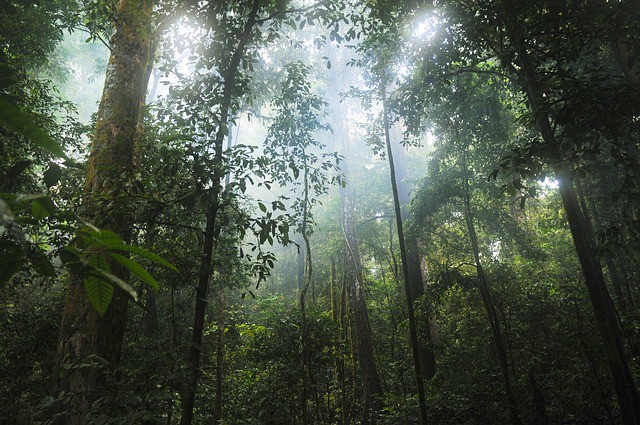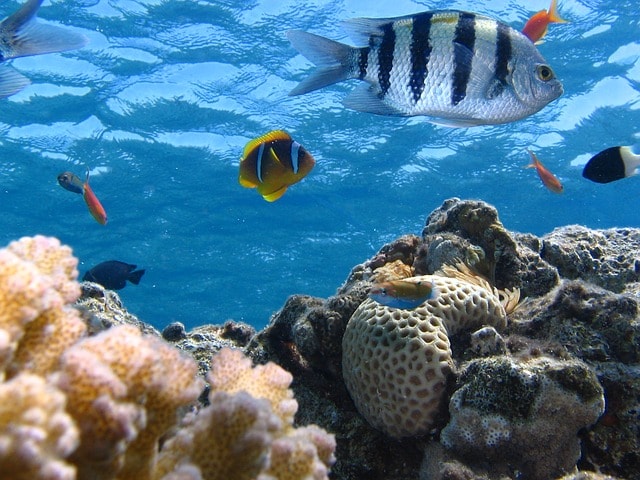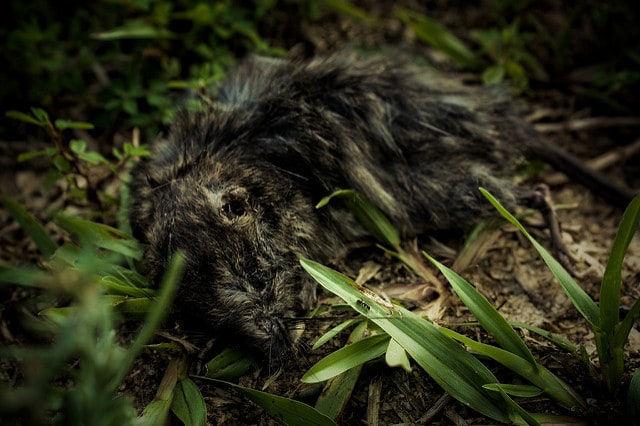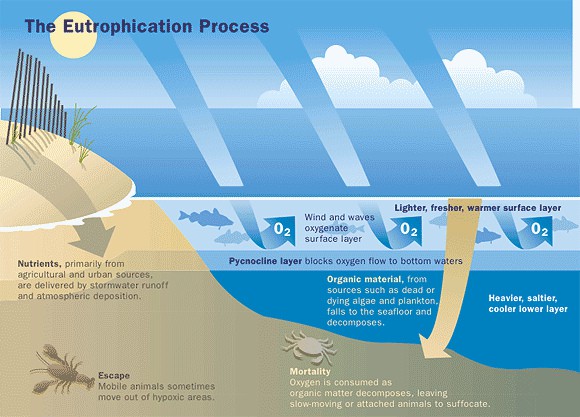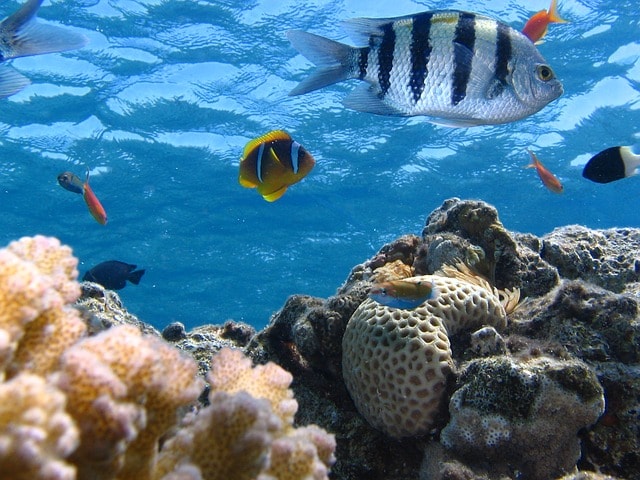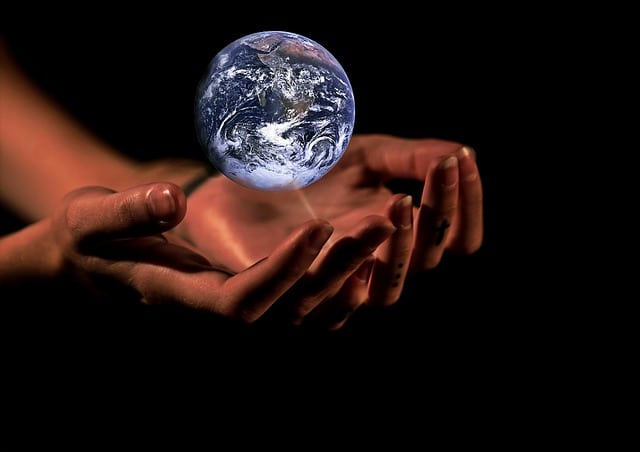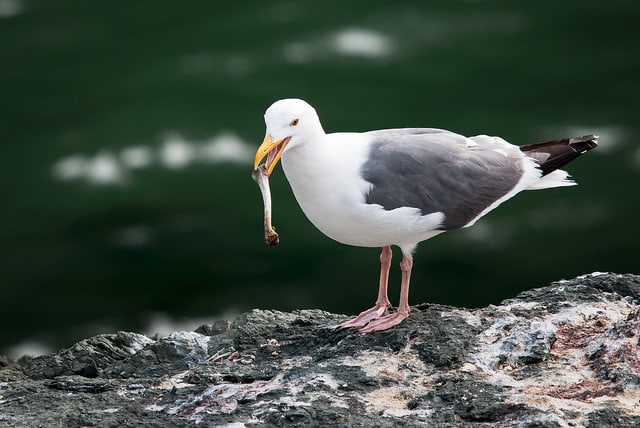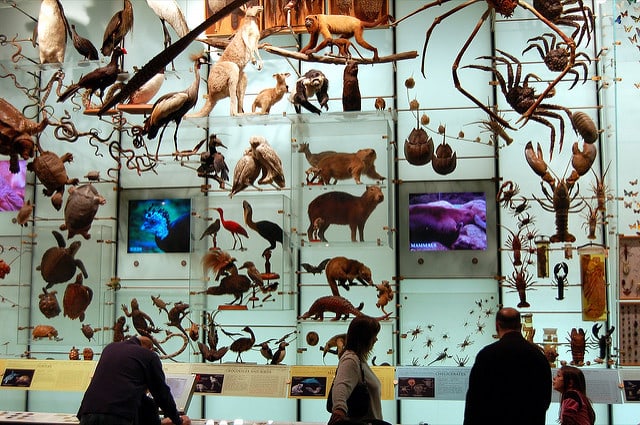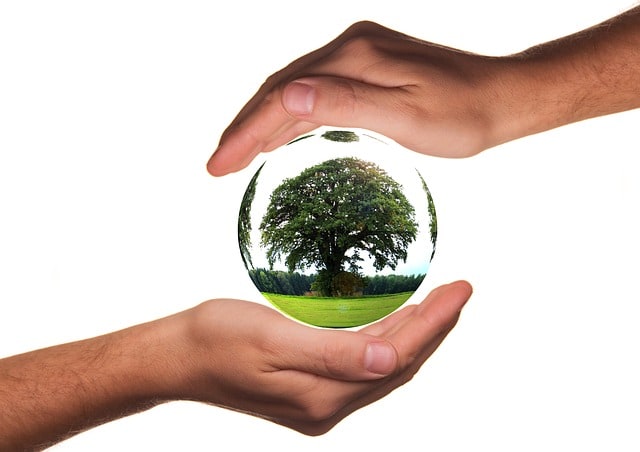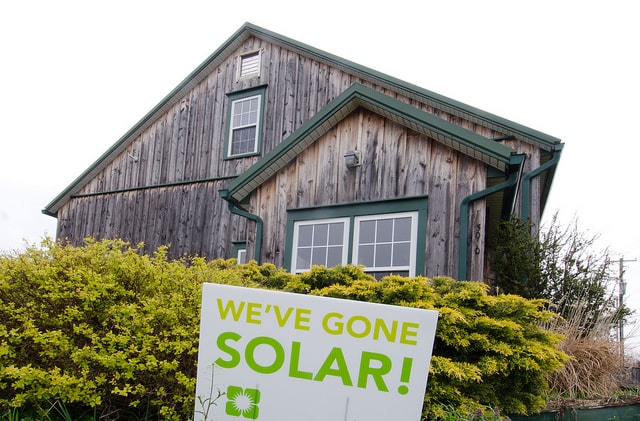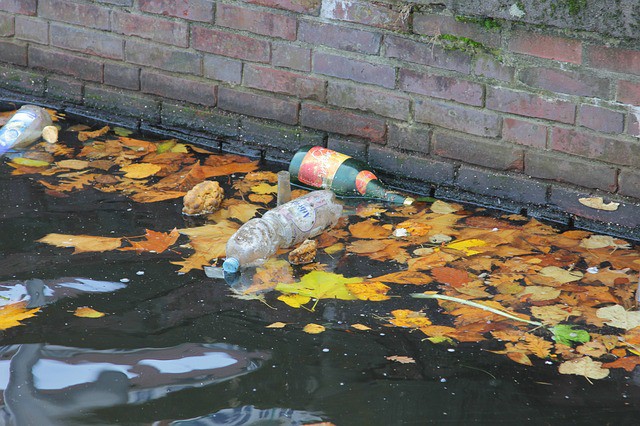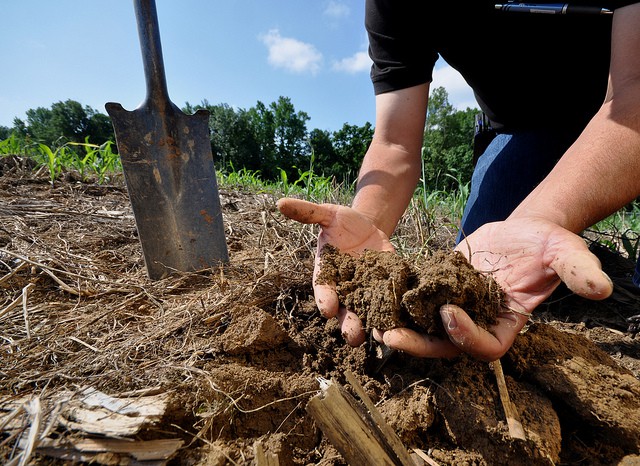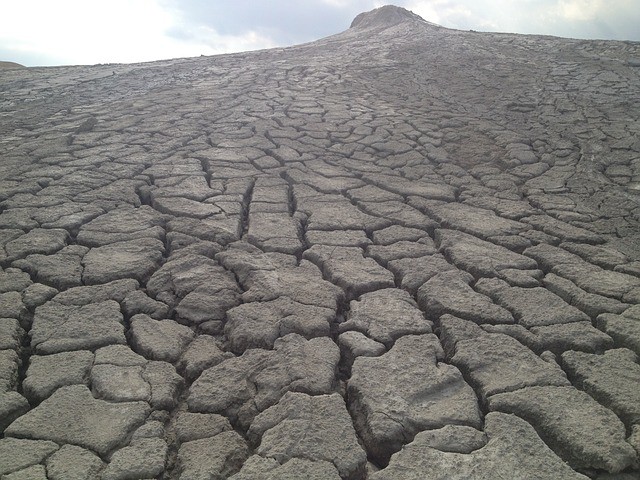What are Rainforests, Importance of Rainforests and Reasons For Their Loss and Destruction
Rainforests are the forests characterized with tall trees, relatively warm climates and a great degree of rain on an annual basis. Most rainforests have an annual rainfall in the ranges of 250 to 450 centimeters (98 to 177 inches). In ecological explanation, rainforests are defined as “multi-storied closed, broad leaved forest vegetation with a continuous…

